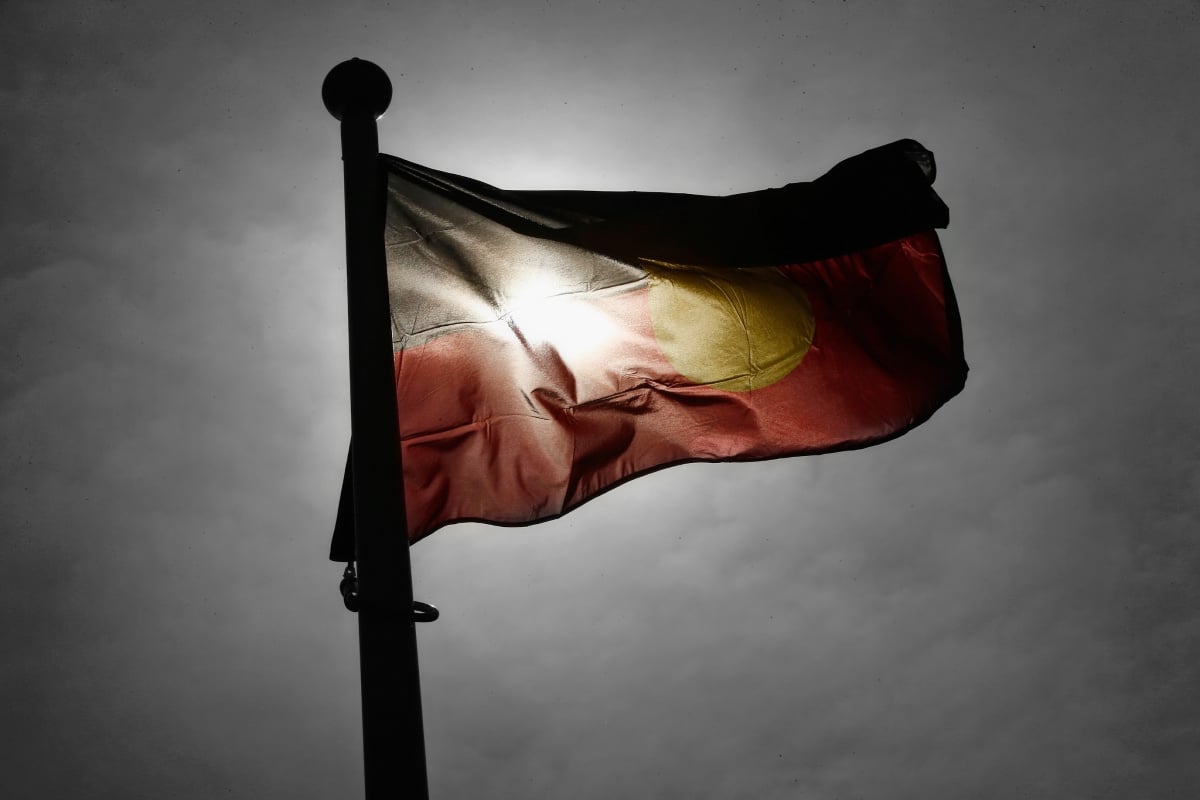
The death of George Floyd in America, and the subsequent rage and protests that have ensued worldwide, has prompted Australians to look at the shameful and systematic racism that exists on our own shores.
In Australia, the disproportionate incarceration of Indigenous Australians is one of our most acute human rights concerns.
Plus, in February this year, Prime Minister Scott Morrison tabled the Closing The Gap report - a bipartisan government campaign founded in 2008 to improve the health status of Aboriginal and Torres Strait Islander peoples - which failed to meet five of their seven targets, proving the continued oppression faced by Indigenous Australians every day.
Side note… Listen to Mamamia’s podcast, Tiddas 4 Tiddas. It features candid conversations with Indigenous women, hosted by Kamilaroi and Dunghutti woman, Marlee Silva. Post continues below.
As Nelson Mandela once stated, "Education is the most powerful weapon we can use to change the world."
Here are 16 facts that demonstrate just a snapshot of the injustice and inequity that faces Indigenous Australians.
1. Aboriginal and Torres Strait Islander adults make up two per cent of the national population, but 27 per cent of the national prison population, according to the ABS.
2. Aboriginal and Torres Strait Islander people are 12.5 times more likely to be in prison than non-Indigenous people, according to the Australian Government.
